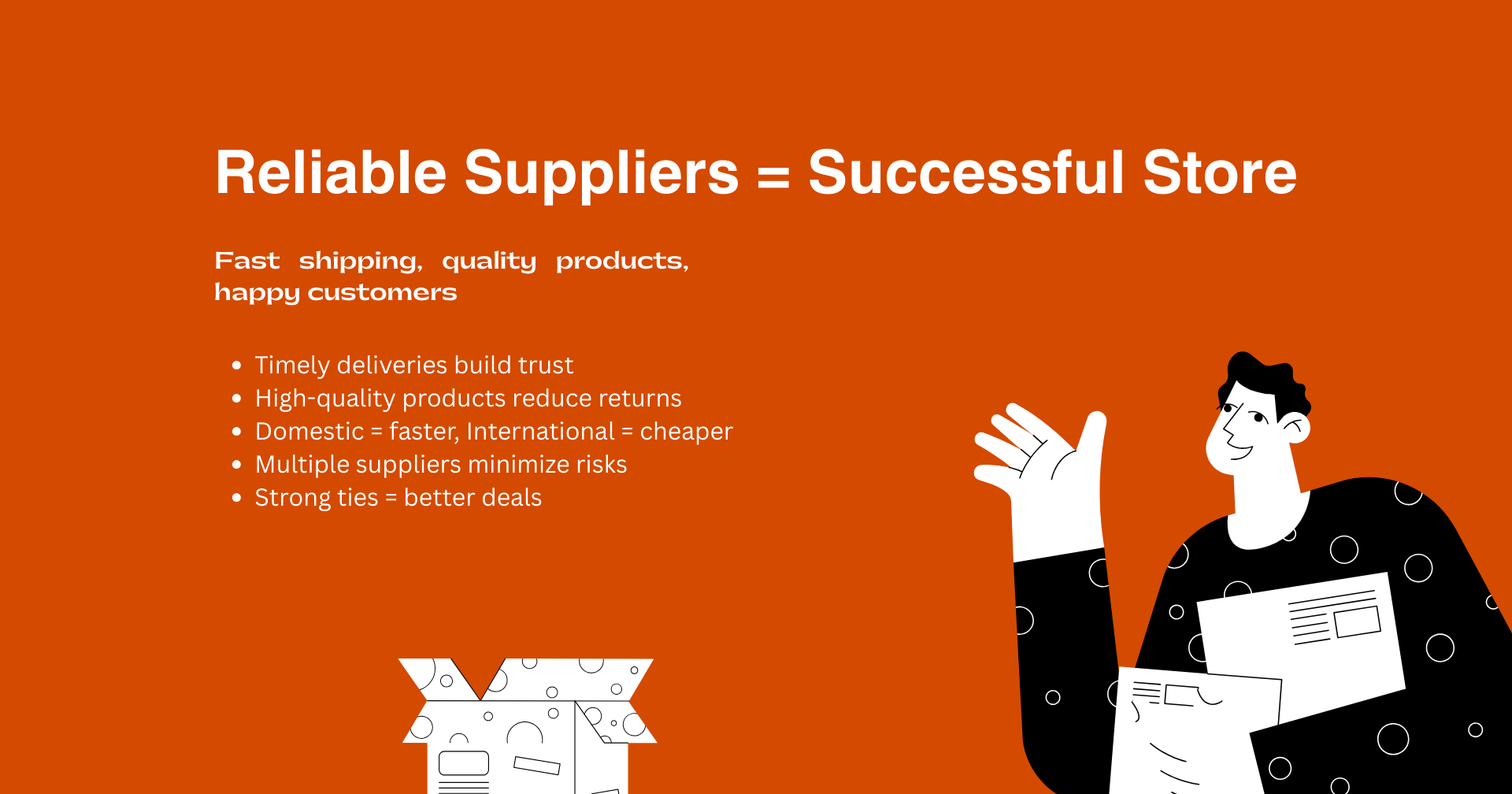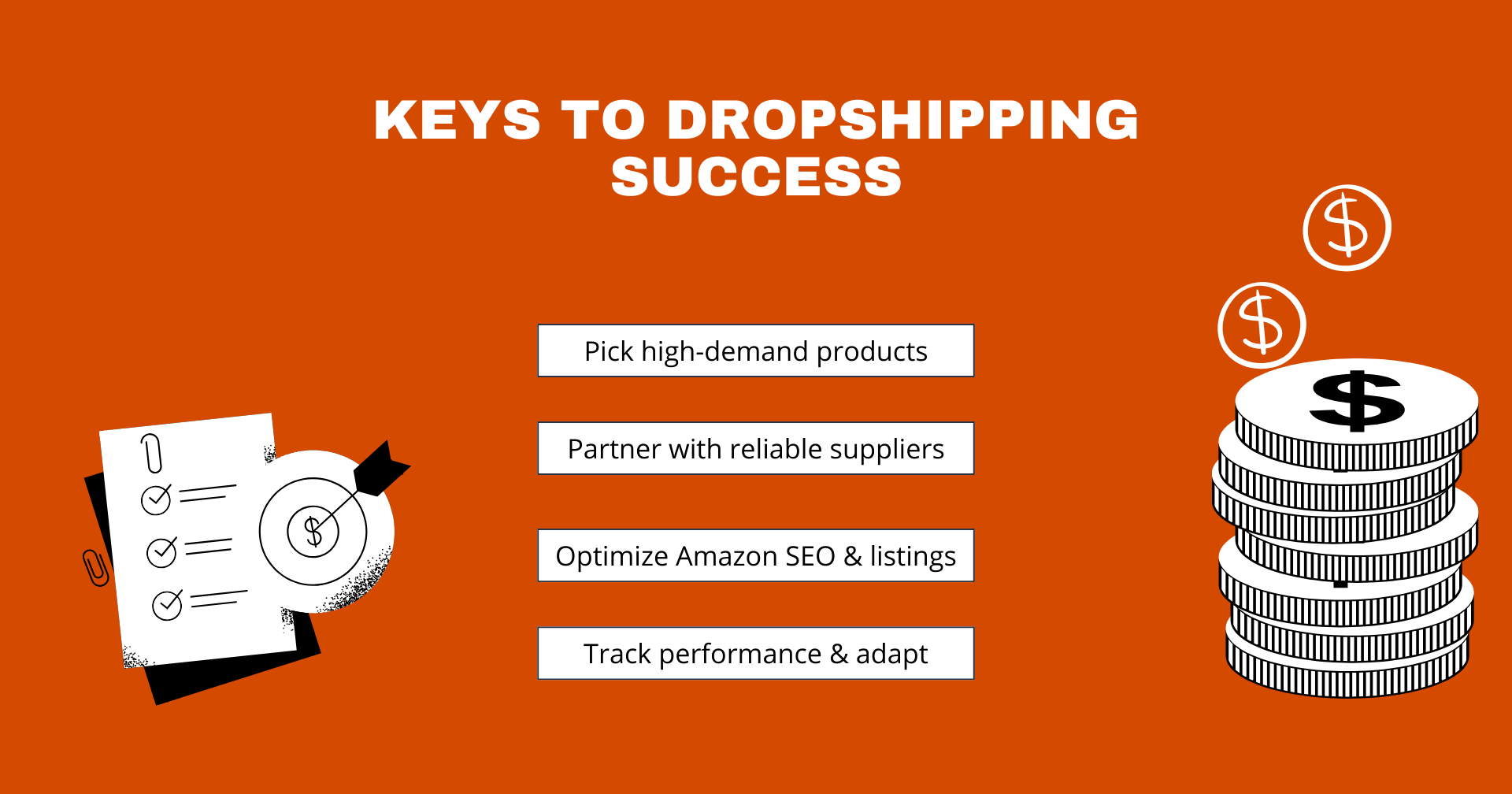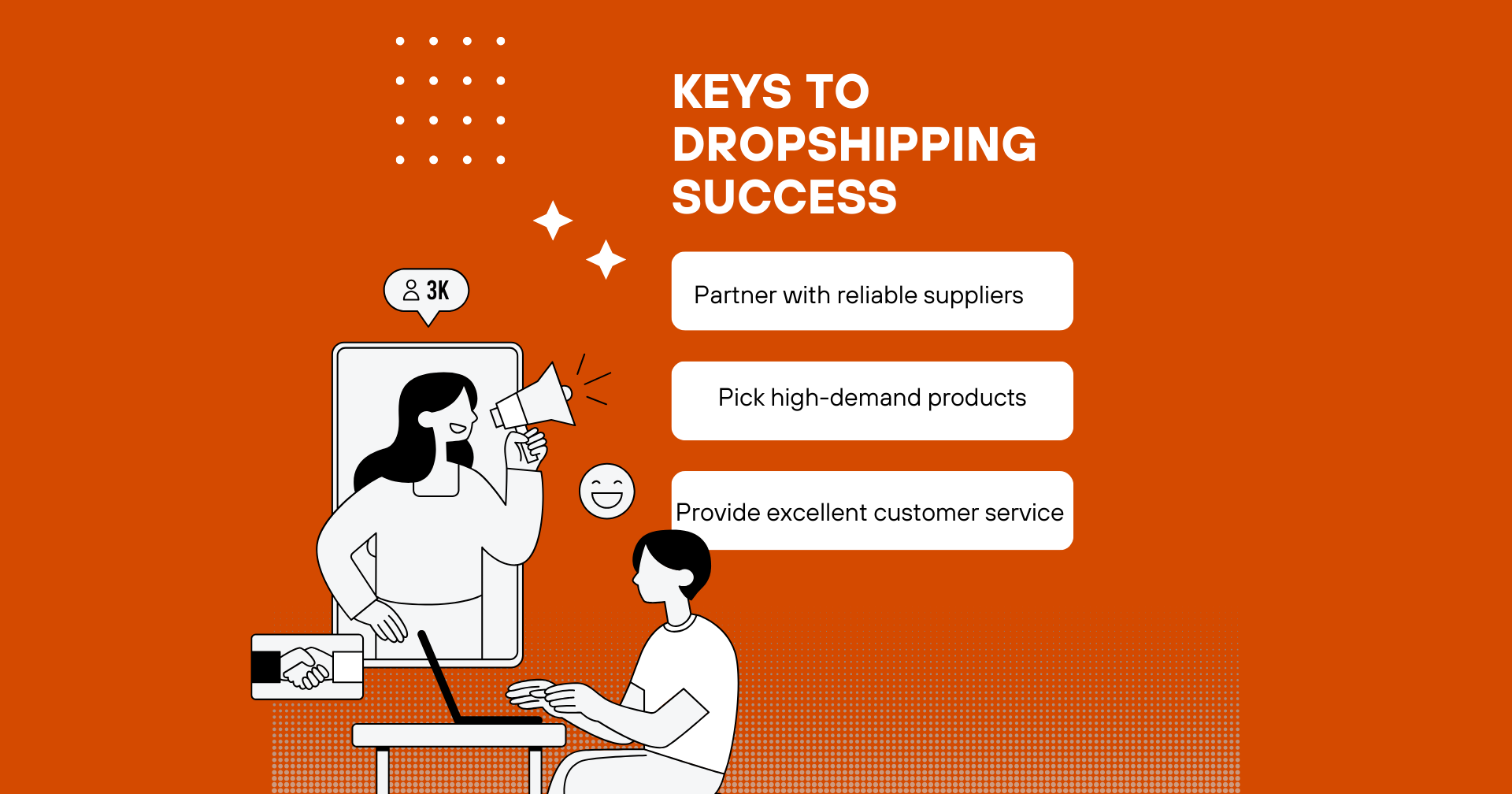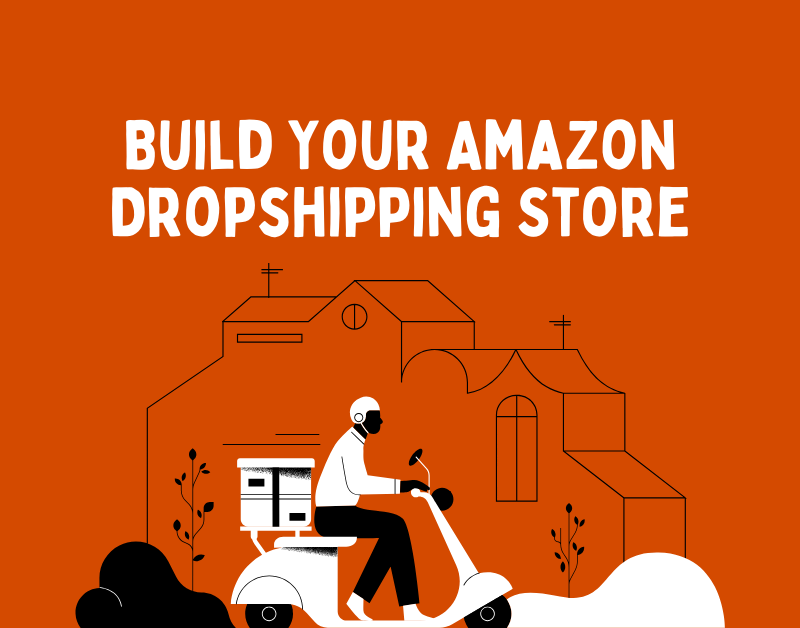Introduction
Amazon dropshipping is a powerful e-commerce business model that allows individuals and companies to sell products without holding any inventory. In this model, when a customer places an order on your Amazon store, you purchase the product directly from a supplier who ships it straight to the customer. This approach eliminates the need for warehousing, reduces upfront costs, and minimizes risk, making it an attractive option for new entrepreneurs and small businesses.
The concept of dropshipping on Amazon has gained momentum over recent years due to the platform’s vast customer base, robust infrastructure, and credibility. Amazon offers millions of daily shoppers, and by leveraging this traffic, dropshippers can tap into a ready-made audience. However, while dropshipping reduces many operational headaches, it is not a “get rich quick” scheme.
Success depends on understanding Amazon’s policies, developing solid supplier relationships, choosing the right products, and mastering marketing and customer service.
It’s important to note that dropshipping on Amazon requires dedication and persistence. Many new sellers fail because they underestimate the competitive nature of the platform or fail to invest enough time in optimizing their listings and managing customer relationships. To stand out, sellers must continuously learn and adapt to marketplace changes, trends, and algorithm updates.
In this blog, we will explore the core concepts of Amazon dropshipping, explain how to dropship on Amazon efficiently, and guide you on how to start dropshipping on Amazon step-by-step.
You will also learn about finding trustworthy Amazon dropshipping suppliers, discover the best dropshipping products to sell in 2025, and understand how dropshipping tools and automated dropshipping systems can help you scale your business.
Additionally, we will discuss what influences the dropshipping success rate, compare Amazon FBA vs dropshipping, and explain the Amazon business benefits. Lastly, we will look into Amazon seller support, evaluate is selling on Amazon profitable, identify trending products for dropshipping, and analyze is dropshipping profitable for long-term sustainability.
By the end of this comprehensive guide, you’ll have a well-rounded understanding and actionable insights to build a successful Amazon dropshipping business
How to Dropship on Amazon: Understanding the Essentials
To successfully dropship on Amazon, it’s important to understand the operational flow and adhere to Amazon’s strict policies regarding dropshipping. Here’s what you need to know to build a strong foundation for your amazon dropshipping business:
When a customer buys from your Amazon store, you forward the order to your supplier, who ships the product directly to the customer on your behalf. This is the core process of amazon dropshipping.
Amazon requires that you remain the official “seller of record.” All invoices, packaging slips, and shipping labels must display your business name—not the supplier’s—to maintain consistent customer experience and comply with Amazon’s standards.
- Violating this policy, such as allowing suppliers to include their branding or packing slips, can lead to account suspension or banning, which threatens your success.
Choosing reliable suppliers is critical. Suppliers must fulfill orders promptly and provide high-quality products. Late shipments or poor-quality items negatively impact your seller rating and sales.
Maintaining accurate and up-to-date inventory information on your listings is essential. Selling out-of-stock products frustrates customers and damages your reputation on Amazon.
Optimize your product listings by incorporating relevant keywords in titles and descriptions, using high-quality images, and providing detailed product information. This helps improve your visibility in Amazon’s search results and boosts your amazon dropshipping store performance.
Utilize tools like Helium 10 and Jungle Scout to find the right keywords and analyze your competition effectively, supporting smarter amazon dropshipping strategies.
Excellent customer service is vital. Promptly answer customer questions, manage returns efficiently, and maintain clear communication. Positive reviews increase your chances of winning the Buy Box, which drives most sales on Amazon.
How to Start Dropshipping on Amazon: The Step-by-Step Guide
Understanding how to start dropshipping on Amazon requires following clear, deliberate steps to set your business up for success. The first step is registering for an Amazon Seller account. For amazon dropshipping, it’s best to choose a Professional Seller account. Although it has a monthly fee, it provides powerful selling tools, bulk listing options, and advanced analytics, which become invaluable as your store grows.
Once your seller account is ready, perform thorough market research. Use software like Jungle Scout, Helium 10, or Viral Launch to analyze product demand, competition, and profitability. The goal is to find niches or products with high demand but manageable competition, increasing your chances to rank and sell successfully with amazon dropshipping.
After picking your product niche, sourcing reliable amazon dropshipping suppliers is crucial. Finding reputable suppliers is one of the biggest challenges in this business. Suppliers must offer quality products and comply with Amazon’s packaging and shipping standards. Ordering samples helps verify product quality and shipping speed before listing.
With suppliers secured, focus on creating effective product listings. Include key search terms in your titles and write clear, detailed, benefit-focused descriptions. Adding multiple high-resolution images from various angles helps reduce buyer hesitation and lowers return rates, improving your amazon dropshipping performance.
Stay updated on Amazon’s policies throughout your dropshipping journey to avoid violations. Manage customer service diligently by promptly answering questions, addressing complaints, and handling returns professionally. Excellent service builds trust and positive reviews, which are vital for amazon dropshipping success.
Constantly monitor your performance metrics on Amazon Seller Central. Use this data to adjust your strategy, improve sales, and maintain a strong reputation. Consistent analysis and improvement set successful amazon dropshipping sellers apart from the rest.
By following these steps and focusing on each aspect carefully, you can build a thriving amazon dropshipping business in 2025 and beyond.
Why Reliable Amazon Dropshipping Suppliers Matter
In dropshipping, your Amazon dropshipping suppliers are crucial because they manage inventory storage, order fulfillment, and shipping. Your reputation and customer satisfaction rely heavily on their reliability.
Choosing dependable suppliers ensures timely deliveries and high-quality products, reducing returns and negative reviews. Late shipments or poor-quality items can harm your seller rating and may result in Amazon penalties or even account suspension.
Domestic suppliers can improve shipping speed and simplify returns but often at a higher cost. International suppliers usually offer better prices but may have longer shipping times and customs delays, which you need to communicate clearly to customers to manage expectations.
Using multiple suppliers helps minimize risks of stock shortages or supply chain issues. Supplier management software can synchronize inventory levels between your suppliers and Amazon listings, preventing overselling. Keeping strong communication with suppliers helps resolve issues quickly and keeps customers satisfied.
Building strong relationships with suppliers can lead to exclusive deals, faster shipping, and better pricing, giving you a competitive edge. Regularly vetting suppliers ensures you maintain high-quality standards as your business expands.

Best Dropshipping Products for Amazon in 2025
Choosing the best dropshipping products for Amazon in 2025 means tapping into trends while considering consumer demand and logistics factors. Several product categories continue to show strong performance for those engaged in amazon dropshipping.
Tech accessories like wireless earbuds, phone chargers, and smart home gadgets remain popular due to ever-growing tech adoption. These items are small, easy to ship, and have steady demand. Additionally, niche tech gadgets such as wearable health monitors or specialized smartphone accessories can capture dedicated audiences, making them a smart addition to your amazon dropshipping strategy.
Health and wellness products, such as fitness bands, massage rollers, and yoga accessories, have gained traction as consumers prioritize wellness and home fitness. For amazon dropshipping sellers, these items provide consistent demand with opportunities to market to health-conscious buyers.
Eco-friendly and sustainable products are no longer niche but mainstream, with reusable bags, bamboo utensils, and biodegradable products attracting conscientious shoppers. Sustainability is a significant purchasing factor for many consumers today, so dropshippers in the amazon dropshipping space who cater to this demand can build loyal customer bases.
Smart home automation devices, including smart bulbs, security cameras, and plugs, appeal to tech-savvy buyers looking for convenience and efficiency. These products are increasingly popular as homes become more connected and buyers seek energy-saving solutions, making them excellent options for amazon dropshipping catalogs.
When selecting products, aim for lightweight, durable items with a consistent demand curve. Keeping an eye on trending products for dropshipping allows you to adapt quickly to shifting consumer preferences and seasonal opportunities. Always be prepared to update your product catalog to keep pace with market trends and consumer interests.
Dropshipping Tools That Simplify Amazon Selling
To run an efficient dropshipping business on Amazon, integrating the right dropshipping tools is essential. These tools automate and optimize key operational areas.
Inventory management tools synchronize supplier stock levels with your Amazon listings in real time, preventing the risk of selling out-of-stock items and improving buyer experience. They also alert you about inventory shortages so you can quickly update or remove listings.
Pricing automation tools allow you to adjust prices dynamically based on competitors and demand fluctuations, helping maintain profitability and competitiveness. This capability is crucial in a fast-moving marketplace where price wars are common.
Product research software aids in discovering profitable niches and keywords to optimize your listings, ensuring higher visibility in search results. These tools provide valuable insights such as sales estimates, competition levels, and keyword effectiveness.
Order automation tools streamline the process from order receipt to supplier notification, reducing errors and processing time. They also help track shipments and provide status updates to customers automatically.
Shipment tracking and customer notification tools keep buyers informed, which enhances transparency and trust. Customers appreciate real-time tracking updates, which reduce inquiries and disputes.
By automating routine tasks with these tools, you can focus more on marketing strategies, customer engagement, and scaling your business. The right toolset turns complex operations into manageable workflows, crucial for growth.
How Automated Dropshipping Enhances Your Business
The concept of automated dropshipping takes efficiency to the next level by integrating your entire operation into streamlined software solutions.
Automation platforms automatically place orders with suppliers as soon as a customer buys a product from your Amazon store, reducing processing delays and manual errors. This improves order accuracy and speeds up fulfillment.
Inventory synchronization happens in real time, ensuring your listings reflect accurate stock availability and preventing overselling. This level of precision protects your seller metrics and reduces customer complaints.
Automated repricing keeps your products competitively priced according to market changes without constant manual intervention. This responsiveness helps you win more Buy Box opportunities.
Many automated dropshipping platforms also help ensure compliance with Amazon’s packaging and shipping guidelines, safeguarding your seller account from policy violations. Automation can also streamline returns management, ensuring smooth customer experiences.
Automation enables you to scale your business rapidly, handling increasing order volumes without proportional increases in administrative workload. This scalability is a major advantage as your store grows.
Dropshipping Success Rate: What Influences It?
The dropshipping success rate varies widely among sellers, with many struggling due to overlooked details, while others thrive with solid strategies.
Success is influenced by factors such as thorough product research, supplier reliability, effective marketing, and top-notch customer service. Sellers who treat dropshipping as a serious business invest time and resources into learning and optimizing every aspect.
Poor supplier communication, selling low-demand products, ignoring Amazon SEO, and slow response to customer issues contribute to failure. Many sellers underestimate the importance of excellent customer support and clear product descriptions.
Those who regularly optimize listings, run targeted advertising campaigns, and proactively address customer feedback improve their chances significantly. Building a brand reputation through consistent service and quality products also improves retention and repeat business.
Consistent monitoring of key performance indicators like order defect rate, late shipment rate, and customer feedback helps adapt and grow. Using analytics to refine your product selection and marketing improves profitability over time.

Amazon FBA vs Dropshipping: Pros and Cons
A common question among sellers is the difference between Amazon FBA vs dropshipping and which model suits your business goals better. Understanding this comparison is essential for anyone interested in Amazon dropshipping.
Amazon FBA involves purchasing inventory upfront and sending it to Amazon’s warehouses, where Amazon handles packing, shipping, and customer service. It offers fast shipping, eligibility for Prime, and trusted fulfillment, but requires upfront capital and storage fees. On the other hand, Amazon dropshipping minimizes upfront costs and inventory risks since you buy only after a sale.
However, Amazon dropshipping typically means longer shipping times, less control over fulfillment, and thinner profit margins compared to FBA. Many sellers start with Amazon dropshipping to test products and market viability, then transition to FBA once a product proves successful to scale faster.
Hybrid models combining Amazon dropshipping and FBA also exist, allowing sellers to dropship some products while using FBA for others. Understanding these trade-offs helps you select the right approach aligned with your resources and objectives. Your choice impacts customer experience, cash flow, and long-term scalability in your Amazon dropshipping journey.
Amazon Business Benefits for Dropshippers
Leveraging Amazon’s platform offers numerous Amazon business benefits that can accelerate growth for dropshippers.
Amazon’s vast and active customer base provides unmatched market access with millions of potential buyers daily. This exposure is difficult to replicate on independent websites.
The trusted payment system increases buyer confidence and reduces cart abandonment compared to standalone stores. Amazon handles payment processing, fraud detection, and refunds, providing peace of mind for sellers.
Amazon’s built-in advertising tools, analytics, and promotional programs empower sellers to optimize marketing strategies. Sponsored products and deals can boost visibility and sales rapidly.
Global fulfillment and shipping logistics allow easy expansion into international markets. Selling internationally increases revenue potential and diversifies risk.
Together, these benefits reduce marketing expenses, streamline operations, and help dropshippers build scalable businesses.
The Importance of Amazon Seller Support
Navigating Amazon’s complex rules and platform challenges highlights the value of Amazon seller support.
Seller support assists with account setup, policy clarifications, technical problems, and resolving disputes quickly. Having access to reliable support minimizes downtime and helps maintain account health.
Good support communication minimizes downtime and protects your seller metrics. Prompt resolution of listing suspensions, payment holds, or customer complaints is critical.
Staying in touch with support and remaining updated on policy changes help avoid costly mistakes. Amazon frequently updates its guidelines, and proactive sellers stay ahead.
Amazon also offers resources and educational content to help sellers improve performance. Utilizing these resources enhances your expertise and store success.
Is Selling on Amazon Profitable? What You Should Know
A frequent question is is selling on Amazon profitable. Profitability depends on choosing the right products, pricing strategically, managing costs, and executing effective marketing.
Amazon charges referral fees, monthly subscriptions, and possibly fulfillment fees, which impact margins. It is important to factor these into your pricing to maintain profitability.
Dropshipping reduces inventory costs but usually yields lower profit margins compared to holding stock. Volume sales and efficient operations become crucial for profits.
Success requires continuous optimization of listings, pricing, advertising, and customer service. Many sellers reinvest profits to grow and improve their offerings.
With the right approach, selling on Amazon can be highly lucrative, but it requires consistent effort and adaptation.
How to Identify Trending Products for Dropshipping
Staying ahead involves identifying trending products for dropshipping that resonate with buyers.
Monitor Amazon bestseller lists, Google Trends, and social media platforms for emerging trends. Viral products often generate quick sales spikes.
Seasonal and viral products can boost short-term sales, while evergreen items provide stable revenue. Balancing both types can maximize profitability.
Quickly launching trending products depends on supplier agility and listing optimization. Efficient supply chains are essential to capitalize on trends.
A diverse product catalog attracts various customer segments and supports sustained growth. Constant market research keeps your store competitive.

Is Dropshipping Profitable? Long-Term Insights
The question is dropshipping profitable depends on your ability to manage the business effectively over time.
While dropshipping lowers barriers to entry, profitability hinges on product choice, supplier management, marketing, and customer satisfaction.
Profit margins can be slim, so volume and operational efficiency are critical. Successful sellers focus on reducing costs and maximizing conversions.
Sellers who analyze data, adapt strategies, and reinvest profits often achieve sustainable success.
Dropshipping requires patience and smart management but offers significant potential for entrepreneurial growth.
Final Thoughts on Amazon Dropshipping in 2025
In summary, Amazon dropshipping involves selling products on Amazon without holding any inventory yourself. Instead, you rely on trusted suppliers for product fulfillment. Mastering how to dropship on Amazon requires strict adherence to Amazon’s policies, careful selection of quality products, and delivering excellent customer service. These elements are essential to building a reputable and successful store.
Building strong, reliable partnerships with Amazon dropshipping suppliers is a critical part of the process. Leveraging effective dropshipping tools and automated dropshipping systems can streamline your operations and save valuable time. Additionally, choosing the best dropshipping products keeps your inventory relevant and appealing to customers, increasing your chances of success.
Understanding your dropshipping success rate is important for continuous improvement. Evaluating the pros and cons of Amazon FBA vs dropshipping helps you decide the best strategy for scaling your business. Furthermore, tapping into Amazon business benefits such as their massive customer base and built-in logistics support can accelerate your growth.
Engaging proactively with Amazon seller support ensures you stay compliant and resolve issues quickly. Keeping up with trending products for dropshipping helps you stay competitive in the fast-changing market. Finally, maintaining a focus on profitability and sustainable business practices is key to long-term success in Amazon dropshipping.


